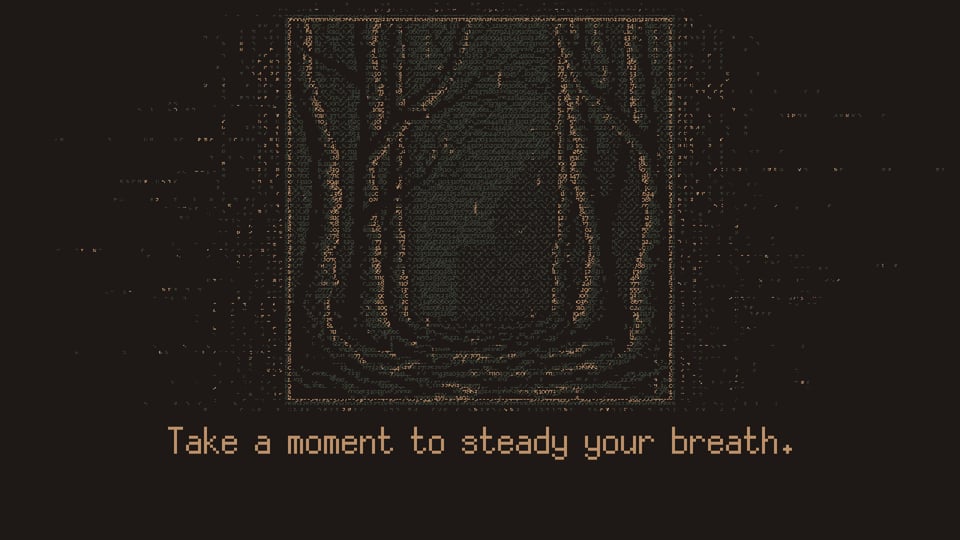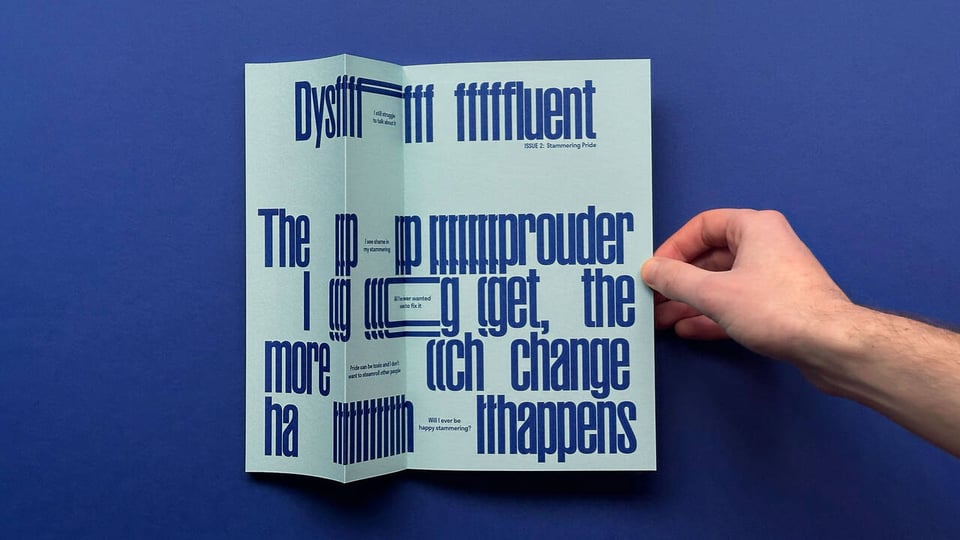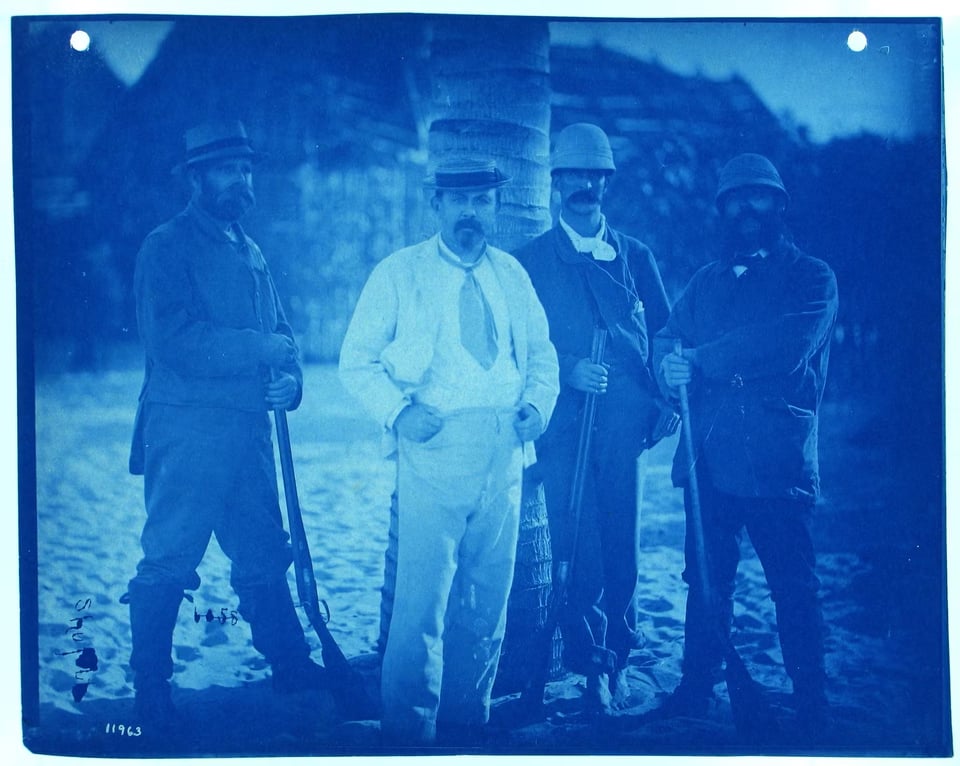Expedition 11
The Bathysphere
Welcome to the 11th journey of the Bathysphere. This week Christian writes about the idea of photogrammic games, Keith is stuck in another strange horror game and Florence looks forward to a festival of interactive performance. As ever, some of the newsletter is available for free, but some is only available with a paid subscription. On that subject we are currently working on making the archive of previous Bathysphere expeditions available to paying subscribers, but our host ButtonDown is having to fix a bug. More news soon. For now, please enjoy the journey.
The Bathysphere crew
Christian Donlan
Florence Smith Nicholls
Keith Stuart
Contact us at bathyspherecrew@gmail.com
Delightful games

Veteran Finnish developer Jesse Makkonen’s latest project is well worth a look on Steam, especially if you love idiosyncratic horror. Without a Dawn is a visual novel about a woman seeking isolation in a woodland cabin and getting more than she bargained for. With a striking and unusual ASCII art-inspired aesthetic, it’s a short, hallucinatory experience. (CW for self-harm). KS
I’ve been back on the Playdate this week, largely consumed by Subset’s whirligig delight Fulcrum Defender, which kicks off the console’s second season of games. But I’ve been reminded that while Playdate’s a fascinating machine in its own right, it’s also a really lovely controller.
Plug the Playdate into a laptop and you can operate it on a bigger screen, using software called Mirror that is available on Playdate’s website. For me, it makes the newsprint feel of the graphics even more newsprinty. It’s a proper delight. CD
Interesting things

The V&A’s new exhibition Design and Disability opens on 7th June and it looks absolutely fascinating. It examines the radical ways that “Disabled, Deaf, and neurodivergent people and communities” contribute to design and culture.
I’ve always felt you can see this kind of thing very clearly in videogames, even if it’s something relatively straightforward like the threat awareness ring in Fortnite that makes all nearby sonic elements of the game visible. It’s transformative stuff and beautifully crafted, and it highlights, in one simple example, how much creativity is taking place in accessibility alone. CD
Hideo Kojima once had a regular column with Glixel, a gaming website set up by Rolling Stone, which was shut down a few years ago. To mark the imminent arrival of Death Stranding 2 (so much topicality this week! What has happened to us?!), I just wanted to link to this Reddit post which has archived links to all of Kojima’s writing for the site. He is a divisive figure, and there is a lot to discuss about who gets to be an auteur in this industry, but these pieces are interesting and revealing, particularly about the Metal Gear series. KS
Algoraves are events where people bop and generally enjoy music generated by algorithms, coded live. The algoraves scene is really thriving in London right now, with events every month including open mic slots for beginners to take part. If you’re interested, a good way to keep in touch with the algo-grapevine is algorave_london on Instagram. FSN
Voidspace Live is a festival of interactive performance and playable art hosted at Theatre Deli in London over the coming weekend. There’s everything from LARPs to interactive dance performances and a poetry installation. It’s a bit short notice, but there are still tickets available for Sunday 8th June. I’ll be there! FSN
Essay: Photograms but for games by Christian Donlan

In last week’s email I wrote a little bit about photograms – photographs taken without a traditional camera – which are a new obsession of mine. Cyanotypes are a good, cheap example of this: you lay some specially treated paper out in the sun with an object on top of it, and after a while you get a sort of photograph of that object.